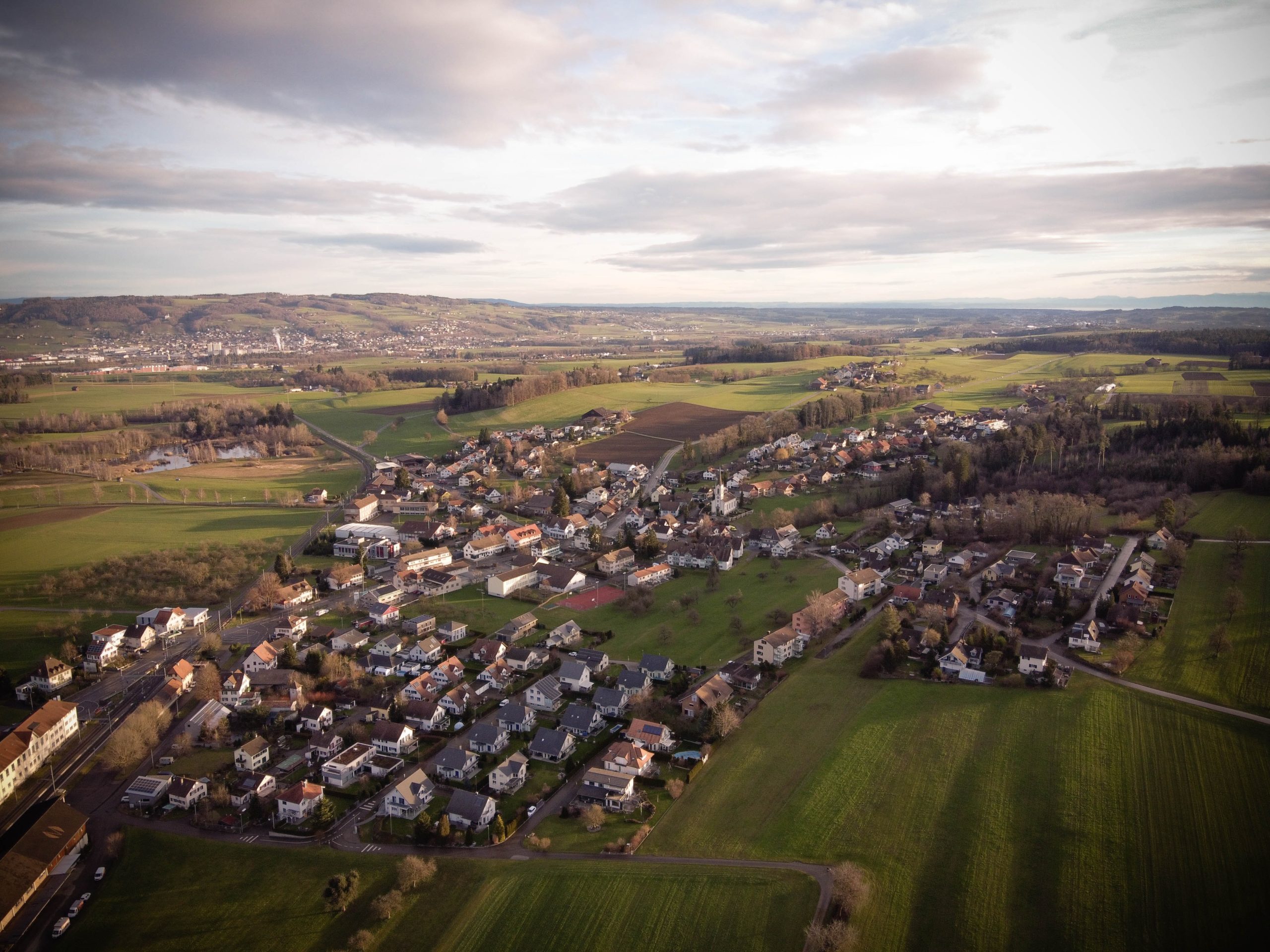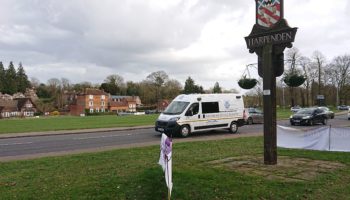In peri-urban and rural areas, travel opportunities are often very limited. Demand is too low or too scattered, territories are too large or too convoluted, needs and use cases are too different: proposing a unified mobility offer while responding to the multiple specificities of one or more territories is complicated. To overcome this difficulty, Padam Mobility allows to flexibly manage, within the same platform, different Demand-Responsive mobility services operated by one or more transit operators in one or more territories.
Bypassing obstacles to the development of shared mobility in peri-urban and rural areas
If the so-called “alternative” mobility offers, which aim to encourage modal shift and to break away from the still very dominant private car model, try to find their place in the peripheries […], the low density of the urban fabric makes the task logically more difficult than in the urban centres – where the threshold effect necessary for the operation of some modes (car sharing, car pooling) is obviously easier to achieve […]. While there are many signs of the emergence of alternative forms of mobility in peri-urban areas, this does not yet seem to be sufficient to switch to non-automobile lifestyles.
Marc Dumont, professor of urban planning at the University of Lille in “Alternative mobilities remain a complementary mobility, not a substitution mobility”.
Aware of these obstacles to the development of shared mobility, Padam Mobility teams have developed their Demand-Responsive Transport (DRT) solutions around a “multi-territories” architecture. Unique on the market, it allows the flexible management of different DRT services that do not share or only partially share certain characteristics within the same platform.
Managing several territories, shared mobility services or transit operators under a unified brand name
Multi-territories” particularly responds to the constraints of Public Transport Authorities operating in several zones or in a multi-operated territory by making it possible to adapt the parameters of the services their challenges.
Thus, in front of the multitude of use cases in the Paris region, explained in part by its 12,000 km2 surface area, “multi-territories” has emerged as a relevant response for coordinating the DRT supply on a regional scale. A unique platform has been designed for Île-de-France Mobilités (Paris region Public Transport Authority). It is gradually being expanded to include DRT services specific to one or more areas. In 2022, thanks to the “multi-territories”, the regional platform will be able to manage nearly 60,000 bookings per month (compared to 12,000 at present), spread over 40 territories (compared to 23 at present) and operated by more than 8 different transit operators.
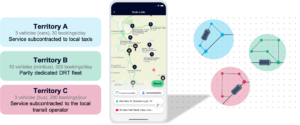
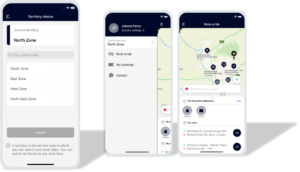
Among its assets, the “multi-territories” architecture offers :
- A single brand name and a single interface for all users, guaranteeing a unified and consistent user experience. By deploying a single application, under a single brand, across several territories, the transport authority simplifies its communication and reduces its user acquisition costs.
- Single points of contact
- The guarantee of true independence from local transit operators
- Total control of the data collected for better transparency and neutrality
- Optimised control of operating and service extension costs
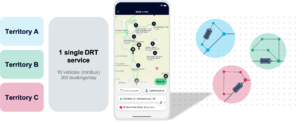
The “multi-territories” allows all types of configurations. This is possible at any time of the day or year.
It is totally conceivable that on one or more territories, a Demand-Responsive service is offered to the active population by proposing a minibus service that feeds transport nodes or activity areas during rush hour. During the day, off-peak times, the service can be mutualised with a paratransit offer and improves travel for junior and senior citizens. In the evenings and at night, fleets of vehicles with a lower capacity replace those of minibuses and strengthen the night-time mobility offer, targeting students in particular.
During the school and summer holidays, the service is readjusted to serve leisure facilities or to reinforce the service to local tourist sites. In a context of health crisis, the service facilitates the travels of health workers to and from hospitals on specific time slots or itineraries to avoid any risk of contagion.
Anything becomes possible.

Deploy new services or territories gradually and easily
While the configuration and management of multiple services on a single platform is one of the main advantages of the “multi-territories”, the ability to configure and deploy new services or territories gradually with ease and without redeployment is undoubtedly its main strength. Thus, a Public Transport Authority may very well decide to create an offer in a first area and then extend it to other territories without its users having to update their application to benefit from these new services. The user benefits at all times from a single access point to several service offers.
Another advantage is that it is particularly easy to parameterise one territory differently from another (e.g. booking deadlines or booking modification deadlines, re-routing rates, type of vehicles, service hours, etc.). Extensions of existing services or newly created services make it possible to easily adapt to changes in territories and to respond almost immediately to the needs of the users.
Find out more about Padam Mobility
This article might interest you: Making your municipal project a reality with Demand-Responsive Transport


